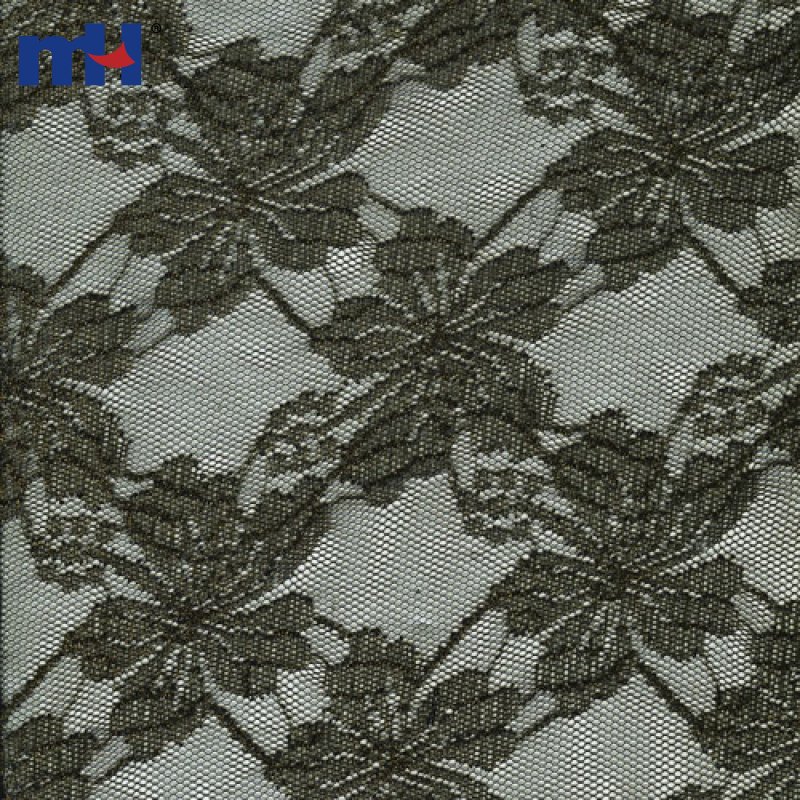"From Runways to Weddings: How Lace Continues to Make a Fashion Statement" Fundamentals Explained

Shoelace, along with its fragile and complex patterns, has been a sign of luxury and beauty for centuries. Its classic charm goes beyond manner fads, helping make it a staple in both garments and property design. Coming from its sources in historical human beings to its modern-day analyses, shoelace has stood the exam of time as a versatile and fascinating textile.
The past history of shoelace dates back 1000s of years. While its precise origins are debated among historians, lace-making procedures can easily be outlined as far back as ancient Egypt and China. In Europe, shoelace became preferred in the course of the Renaissance time period when fine craftsmanship and attention to information were strongly valued. It was during the course of this time that lace-making techniques started to develop in countries like Italy, France, Belgium, and England.
Throughout the 16th and 17th centuries, lace came to be a condition sign among the International nobility. It was commonly utilized to spruce up garments worn through nobility and aristocrats, embodying their wealth and social standing. The demand for lace increased quickly throughout this time, leading to the facility of specialized workshops where skilled craftsmans diligently crafted elaborate designs using alright strings.
As lace-making approaches grew over the centuries, various styles developed reflecting the cultural influences of each time. One such design is Venetian shoelace which stemmed in Italy in the course of the 16th century. Understood for its geometric patterns and delicate threads, Venetian shoelace promptly obtained appeal across Europe.
One more prominent type is Alençon lace coming from France. Created in the town of Alençon during the 17th century, it is identified through its floral concepts and great needlework. Alençon shoelace was favored by French aristocracy and continues to be related to as one of the very most spectacular types of shoelace today.
In England, a technique contacted Honiton shoelace gained importance during the 19th century. Read This is recognized for its elaborate floral layout developed utilizing bobbins or needles. This type was typically utilized to embellish wedding celebration outfits, including a touch of passion and womanhood.

During the Victorian period, shoelace came to be also more fancy and elaborate. Queen Victoria herself was recognized for her affection of shoelace, often combining it into her apparel and extras. This age saw the growth of machine-made shoelace, producing it much more accessible to the middle training class. Nevertheless, hand-crafted lace remained very sought after for its superior workmanship.
In the 20th century, lace carried on to progress with the modifying style patterns. The Art Nouveau activity took about a brand new wave of shoelace style inspired through nature and natural forms. Lace garments became lighter and a lot more delicate, reflecting the wish for flexibility and activity in fashion trend.
Today, shoelace continues to be as preferred as ever before. Developers proceed to try out with different textures, designs, and shades to create distinct parts that express each practice and modernity. Lace is used in numerous kinds including gowns, blouses, underwear, accessories, and also house style things such as drapes and tablecloths.
The appeal of lace is located not just in its detailed designs but also in its potential to stimulate a sense of womanliness and elegance. Whether it's a fragile trim on a wedding ceremony dress or an complex design on an evening outfit, lace includes an aspect of timeless style that goes beyond patterns.
In verdict, the background of shoelace is a proof to its withstanding allure throughout centuries. Coming from its modest starting points in ancient people to its condition as a sign of luxurious in the course of the Renaissance duration, lace has stood the exam of time as one of fashion's most treasured fabrics. Its convenience and timeless sophistication continue to mesmerize developers and consumers as well, producing it a cherished add-on to any type of outfit or residence design compilation.
(Keep in mind: Word matter - 800)
